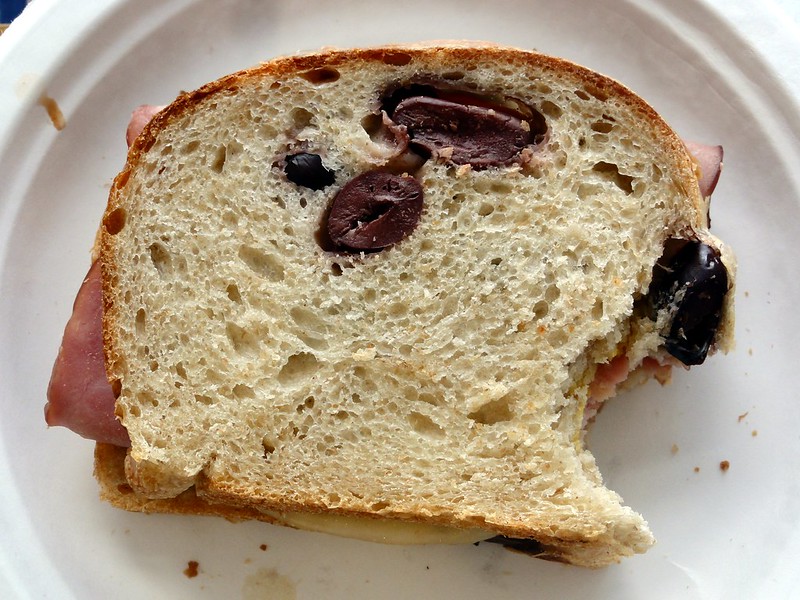Bread History and Info
The French Baguette has a long thin loaf with a crisp crust, and is made of basic lean dough. Created in the 19th Century by Austrian baker Andrew Zang, it was brought to France where it quickly developed into a beloved breakfast item, and a cultural icon.
Sourdough bread has origins dating back to ancient Egypt. The bread is made by using local type of bacteria, called lactiballus, that produces an acid that makes the dough taste sour. It quickly became the most widely consumed bread in all of the old world, spreading through Greece, the ancient east, and Rome.

Ciabatta bread was invented in 1982 by Italian baker Arnaldo Cavallari, as an Italian alternative to the popular baguette. It became popular among businessmen to make sandwiches, with its somewhat elongated, broad, and flat loaf.
Popular in northern Italian households, Asiago bread is made by baking Asiago cheese into a basic yeast bread. The cheese is from unpasteurized cow or sheep milk and is known for its smooth flavor. It dates back over 1,000 years.
Brioche is a bread of French origin that is similar to a highly enriched pastry, and whose high egg and butter content give it a rich and tender crumb. The brioche was first mentioned in 1404, when it was originated in Brie, France. Brioche was very popular as a breakfast item, especially when served with coffee or expresso.
Naan is a leavened, oven-baked flatbread. The recipe was first mentioned in 1300, but historians believe it was first created long before. The word “Naan” translates to bread in ancient Persian, and was a staple of Indian and Asian cuisines for centuries before its discovery by Europeans. After being mentioned by William Tooke in his travel logs, it grew widespread and can be found in many grocery stores to this day.
Challah is a Kosher loaf of braided bread. The simple dough is made with eggs, water, flour, yeast and salt. The bread is typically pale yellow in color because so many eggs are used, and it has a rich flavor. Developed by Jewish bakers, the name “Challah” first became associated with the bread in the 15th century. However, it has had a place in Jewish rituals such as the Sabbath for generations.
Pumpernickel is a heavy, slightly sweet rye bread traditionally made with sourdough starter and coarsely ground rye. The bread originates in Germany and was first mentioned in the 18th century by a German poet. The bread grew popular because of its durability, especially how it is able to survive the harsh winters in Germany.
Olive bread is a type of bread which is made with the addition of olives, most commonly the Greek brine-cured olives known as Kalamatas, although other varieties of olive are perfectly acceptable. Because of the abundance of olives in the Mediterranean region, olive bread grew to be a tasty and popular snack. It can be spiced with personal preference, and is also enjoyed with cheeses at times.

White bread typically refers to breads made from wheat flour from which the bran and the germ layers have been removed. White bread grew popular in the late 1800’s and began to resemble the bread of industrialization and the working class. To this day, it is the most popular bread in the United States and is heavily used in sandwiches such as grilled cheeses.





